×
SparkFun will be closed on Tuesday, December 24th, and Wednesday, December 25th, in observance of the Christmas holiday. Any orders qualifying for same day shipping placed after 2:00 p.m. (MST) on Monday, December 23rd, will be processed on Thursday, December 26th, when we return to regular business hours. Wishing you a safe and happy holiday from all of us at SparkFun!
Please note - we will not be available for Local Pick up orders from December 24th-December 27th. If you place an order for Local Pick-Up we will have those ready on Monday, December 30th.
With a plethora of GPS/GNSS products going live recently, I wanted to talk a bit about the various connectors you'll find. SMA and RP-SMA are some of the older antenna options. SMA stands for SubMiniature version A and was developed in the 1960s with a male connector having the pin, and the female connector having the socket. This means that the female connector is inserted into the male connector (I know, confusing).
Then along came RP-SMA or Reverse Polarity SMA. This connector type reversed the location of the pin and socket but didn't change the gender of the connectors. So, now the female RP-SMA has a pin and the piece is inserted into the male housing.
You'll still see SMA on quite a few boards and antenna, and with their 500+ mating cycles they are fairly popular for instances where you need to change your antenna. One thing to be careful of: I've seen manufactures list boards as SMA while the actual connector is RP-SMA. While technically RP-SMA can be considered a type of SMA, it is worth noting that you should be careful when buying an antenna.
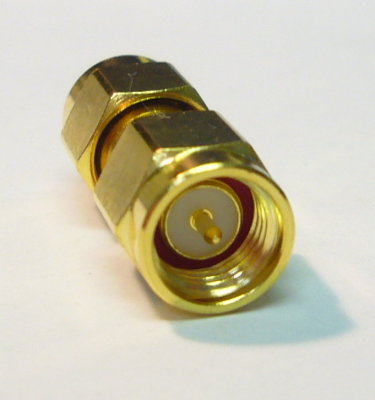 |
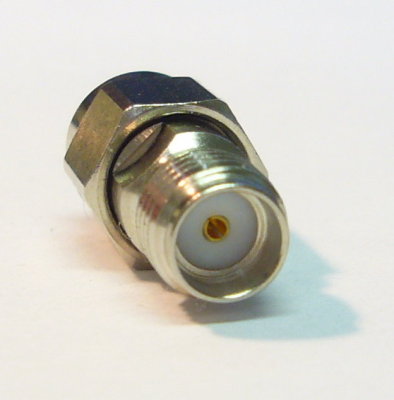 |
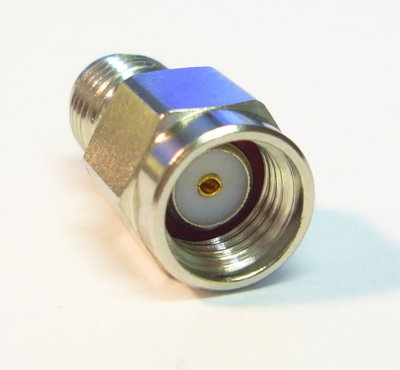 |
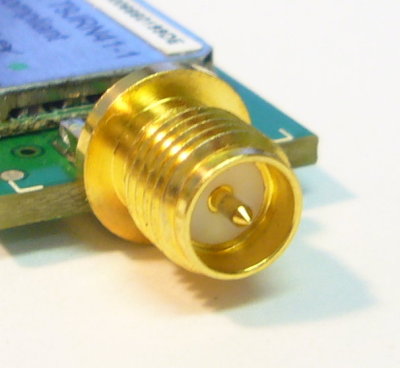 |
| SMA Male Center Pin, Inner Threads |
SMA Female Center Hole, Outer Threads |
RP-SMA Male Center Hole, “Male” Inner Threads |
RP-SMA Female Center Pin, “Female” Outer Threads |
The newer u.FL was created by Hirose, but because of its small and fragile size is only rated for about 30 mating cycles. While this is good for permanent connections that really only need to be changed for replacement of faulty parts, it is not so good for constantly swapping out antennas. This is one reason you will see u.FL to SMA adapters. Check out our RF Connector Buying Guide for more information on RF Connectors.
Because of the u.FL's small size and fragile connectors, we've put together some helpful tips on using u.FL to prolong the life of your board, your cables, and your antennas.
Three Quick Tips About Using U.FL
December 28, 2018
Quick tips regarding how to connect, protect, and disconnect U.FL connectors.
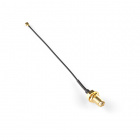
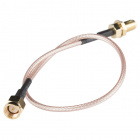
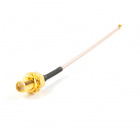
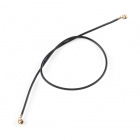

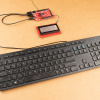






Wow perfect timing for my project You should also cover the soldering to switch antennas over from onboard to external. It took me a while to unearth the document that explains that this needs to be done. It is on the connectors documents page, but still only realized this after searching for why my antenna wasnt working.